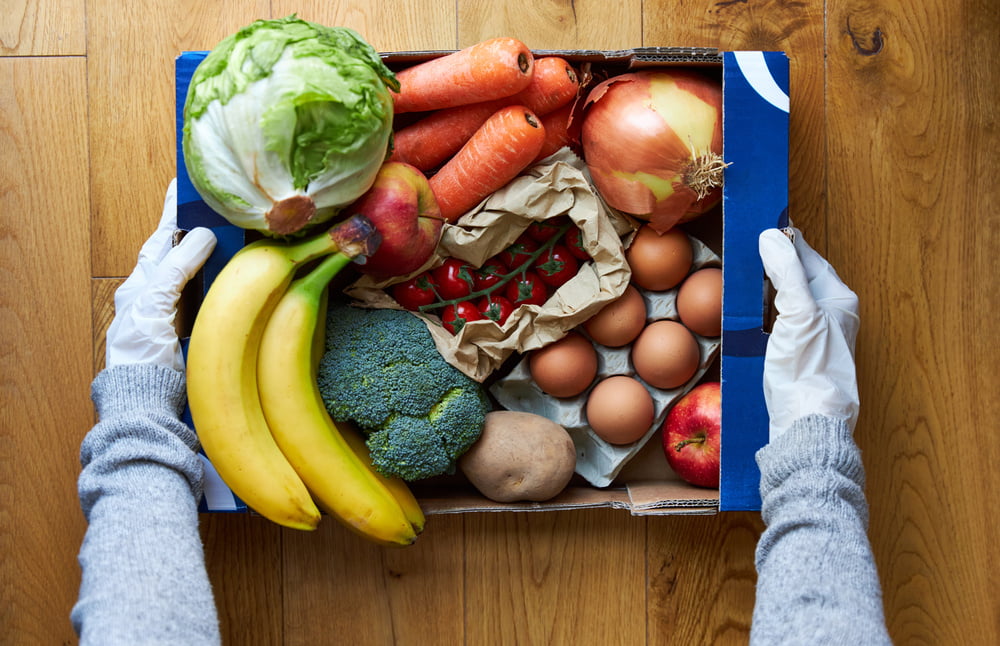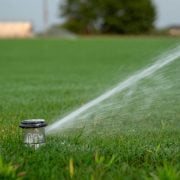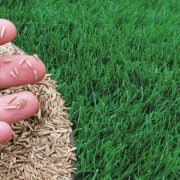Fruits and other produce grow almost everywhere around the globe. But be that as it may, not all fruits are free to grow wherever they please. Certain conditions must be met for them to cultivate properly. For example, tropical fruits can only grow where it’s sunny most of the year. Typically, they contain all kinds of nutrients that landed them in most people’s dietary plans. However, cold climates and tropical fruits never blend because they’re sensitive to low temperatures.
Instead of sticking to what your region has, fruit manufacturers from all over found a way to deliver their goods whatever season they’re in. Although, as hinted at earlier, fruits are extremely sensitive to their conditions. Thus, you can probably imagine how challenging it is for growers to ship their produce from one location to another. However, with enough practice and the right equipment, delivering produce is one problem solved. That’s where corrugated packaging comes in.
What Is Corrugated Packaging?
For those unfamiliar with it, corrugated packaging is a common packaging material used in retail. Made from multiple sheets of corrugated fiberboard (or container board), they’re considered ‘structurally superior’ to most types of packaging. However, their appearance makes it easy to confuse corrugated boxes with simple cardboard boxes.
But aside from their look, corrugated packaging is claimed to be much more effective when handling fresh produce such as fruits because of the following reasons:
1. Retains Freshness
Fruits’ sensitivity to their environment is what makes them the most delicate material to be shipped out, right next to vegetables and meat. Because even when they’re already picked and packed neatly, there’s no such thing as ‘remaining static’ when handling fruits. If the container is too warm, some fruits could ripen so fast they’ll end up spoiled by the time they reach their destination. But stay in low temperature for too long, and cold damage might take root.
Fortunately, many packing industries like Fruit Growers corrugated packaging can find that middle ground between hot and cold. Because despite featuring several layers of material, that doesn’t stop them from circulating air properly, unlike plastic. Allowing air to circulate within the packaging helps regulate the temperature within. Since heat isn’t accumulating anymore, it won’t catalyze the fruit products’ metabolism, preventing them from spoiling while getting transported.
2. Hinders Bacterial Spread
Some places require a specific license for produce to be shipped internationally. Because people consume them, produce is high on the list of materials that must be handled with utmost care. Otherwise, they could affect the consumer’s health and even compromise the supplier’s reputation. Authorities have applied strict rules for shipping produce, particularly fruits.
Although they’ve been sanitized, it’s impossible to completely eliminate bacteria from contaminating any surface, considering fruits are its primary source in the first place. There are two kinds of bacteria at play here: one that ruins food safety and one that catalyzes spoilage. While sanitizing fruits before packing weakened contamination, there’s a chance it could spread further, depending on the environment.
Fortunately, corrugated packaging discourages living organisms from spreading since it traps them with its fiber materials. Plastic is incapable of doing the same given its smooth surface, and when it gets damaged, it’s easier for living organisms to hide within its crevices, enabling them to cultivate the longer they stay there. It’s safe to say that corrugated packaging is ideal for handling produce, especially fruits.
3. Secures The Produce

Female wearing gloves holding market box delivery
Given its appearance, corrugated packaging seems like a poor substitution compared to wooden crates. Cardboard boxes are easy to crush, leading many to assume the same for corrugated packaging. But what they don’t know is that unlike cardboard, corrugated packaging is produced with multiple layers. It doesn’t need additional packing material to guarantee that the products remain unscathed.
4. Accommodates Needs
As you may have noticed, fruits are incredibly sensitive to their surroundings, especially after they’ve been picked and sorted by the supplier. Although, considering how limited their environment is while getting transported, they’re likely to get spoiled if the manufacturer doesn’t plan. Fortunately, corrugated packaging ticks off most of what fruits need. But aside from that, it also considers the manufacturer’s needs.
Naturally, ensuring their products stay fresh is a top priority for manufacturers. However, taking the packaging’s production into account tends to be challenging. But the same isn’t applied to corrugated packaging since its biodegradable material makes it one of the most eco-friendly packaging in the retail world. Moreover, it has a vast list of options, be it size or shape, making it customizable to what’s needed.
Takeaway
Shipping produce has always been intimidating for many growers, especially those who want to go international. However, considering how delicate they are, doing so is almost like a shot in the dark with no guarantee whether or not the goods are still safe to consume or if they can still be put on display. Utilizing the proper packaging is one way to avoid either of these situations, namely corrugated packaging.














Comments